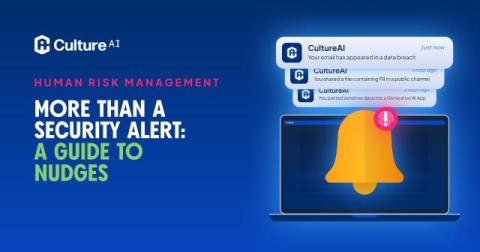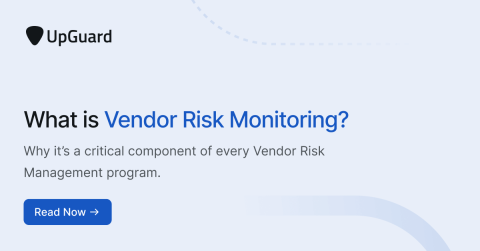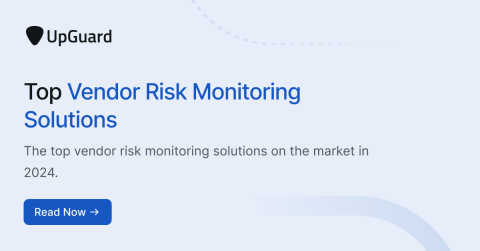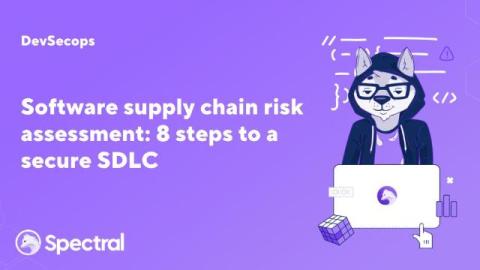ServiceNow Vulnerabilities: CVE-2024-4789 and CVE-2024-5217
In late July 2024, the US Cybersecurity and Infrastructure Security Agency (CISA) added two critical vulnerabilities (CVE-2024-4789 and CVE-2024-5217) affecting ServiceNow to its list of known exploited vulnerabilities. These vulnerabilities can allow unauthenticated users to execute code remotely, posing severe risks to organizations that use the platform. The potential for unauthorized access and severe data breaches makes addressing these vulnerabilities crucial.











